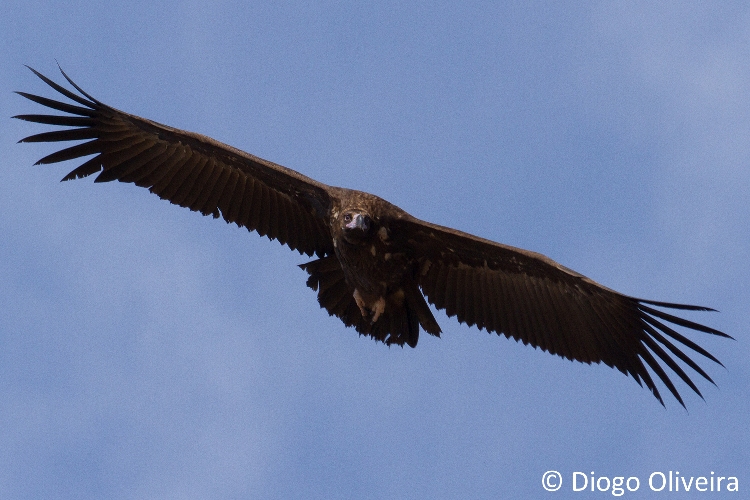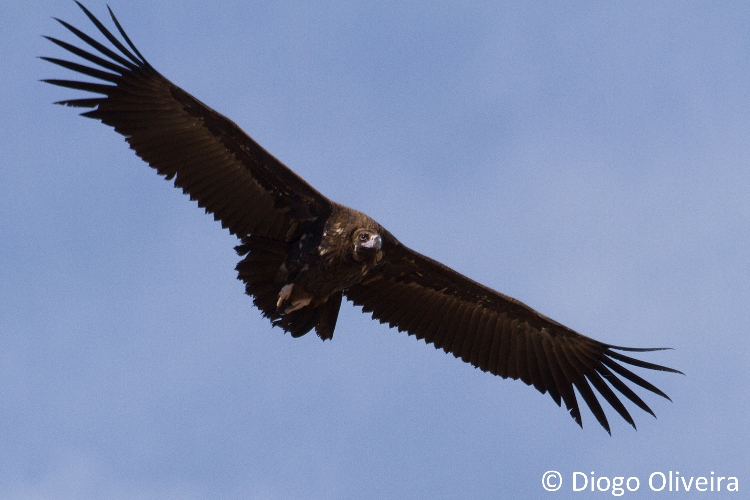With the change of season, the adverse atmospheric conditions reduced the soaring behavior typical of birds that take advantage of hot air thermals to gain altitude; soaring birds were therefore observed in small groups or even isolated, at lower altitudes, often with active flapping-wing flights. For the same reason, big soaring birds weren’t capable to perform lengthy movements, having been observed in lower numbers and only nearer to their roosting sights. However, as for Griffon vultures (Gyps fulvus), it is also possible that fewer individuals remained in the intervention area as a result of the migration / dispersion of juveniles to the south. We also point out the high number of Red Kites (Milvus milvus) detected, a species that occurs in the region during Autumn/Winter. However, the biggest highlight goes to the observation of Pallid Harrier (Circus macrourus) in the Moura-Mourão-Barrancos SPA, and the observation of Egyptian Vulture (Neophron percnopterus) and the Short-toed Snake Eagle (Circaetus gallicus) in the Vale do Guadiana SPA.
This way, at the Moura-Mourão-Barrancos SPA, were observed 9-11 Black Vultures (Aegypius monachus), about 500 Griffon Vultures and 80 Red Kites, 5 Golden Eagles (Aquila chrysaetos) and 1 Iberian Imperial Eagle (Aquila adalberti). It was also detected 2 Common Kestrels (Falco tinnunculus), 1 Black-shouldered Kite (Elanus caeruleus), 3 to 4 Common Buzzards (Buteo buteo), 2 Hen Harriers (Circus cyaneus) and 1 Pallid Harrier (Circus macrourus), 7 Common Ravens (Corvus corax), 11 Great Bustards (Otis tarda) and 8 Little Bustards (Tetrax tetrax).
At the Natural Park of the Guadiana Valley it was observed 4 to 7 Black Vultures, 1 juvenile Egyptian Vulture, about 250 Griffon Vultures and 60 Red Kites, 6 Golden Eagles, 2 to 3 juveniles of Iberian Imperial Eagles, 2 Bonelli Eagles (Aquila fasciata) and 1 Short-toed Snake Eagle. It was also observed 5 Common Kestrels, 1 Merlin (Falco columbarius), about 20 Common Buzzards, 1 Eurasian Sparrowhawk (Accipiter nisus), 8 to 12 Common Ravens and 5 Black-bellied Sandgrouse (Pterocles orientalis).
The team of the LIFE project ‘Habitat Lince Abutre’ thanks the pleasant companionship and effort of Daniela Cortegano, Diogo Oliveira, Eliana Machado, Filipa Machado, Francisco Moreira, Hugo Sampaio, Luís Sousa, Marta Acácio and Sara Coelho, volunteers that helped us ensure the counts.

